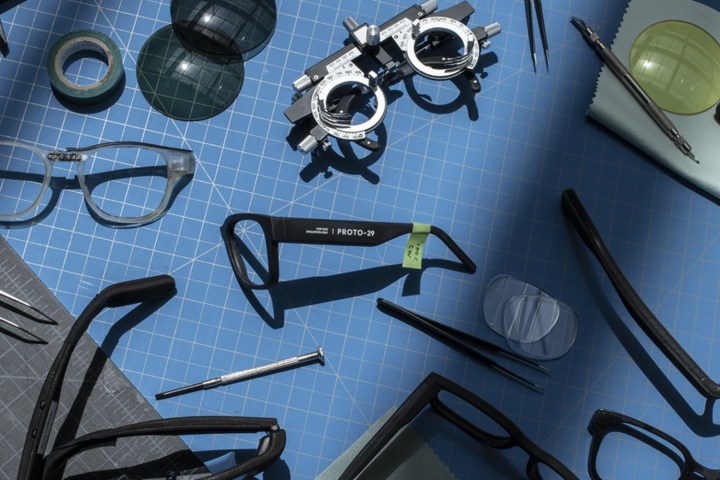Google is bringing back Google Glass … well, sort of. The Silicon Valley tech giant has announced that it will be testing out its prototype AR smart glasses in the public starting next month.
The company gave a sneak peek of the prototype AR glasses at Google I/O 2022 back in May, where it said the glasses are designed to serve as a visual aid to people navigating different environments, especially if someone’s visiting other countries or communicating with family members who speak a different language. On Tuesday, Google wrote in a blog post that it will be sending the AR glasses to a few dozen people and trusted testers to use them in select public settings.

The purpose of field-testing the prototype AR glasses is to help Google program features that will help users in their daily lives, including translation, navigation, transcription, and visual search. The glasses will come with built-in cameras, microphones, and in-lens displays to help recognize environments and languages through A.I. However, they won’t be able to take photos or videos. The only thing they’ll do is provide image data to enable translations, transcriptions, and directions in the testers’ field of vision in real-time. For example, they’ll translate the menu of a Spanish restaurant into English or provide directions to the nearest coffee shop (or Starbucks, for that matter).
As for where testers can use the prototype glasses, they can’t use them in schools, places of worship, government buildings, hospitals, places where children gather (i.e. playgrounds), rallies or protests, and other similar locations. Google also isn’t letting testers use the glasses while driving because, obviously, that’s dangerous.
Google’s field-testing of its AR glasses comes nearly a decade after the release of Google Glass, which wasn’t the most popular piece of digital eyewear due to privacy concerns. It was even parodied in The Simpsons episode Specs and the City, where Mr. Burns gives the glasses to Homer and his other employees for Christmas — only to use the glasses to spy on them, which is how Homer discovered Marge was seeing a therapist to vent about him. However, it made great strides in helping autistic children improve their life and communications skills, thanks to the Brain Power software.
When Google will make its new AR glasses commercially available is currently unknown. But if real-world testing is already happening, one can hope that day isn’t too far off.



